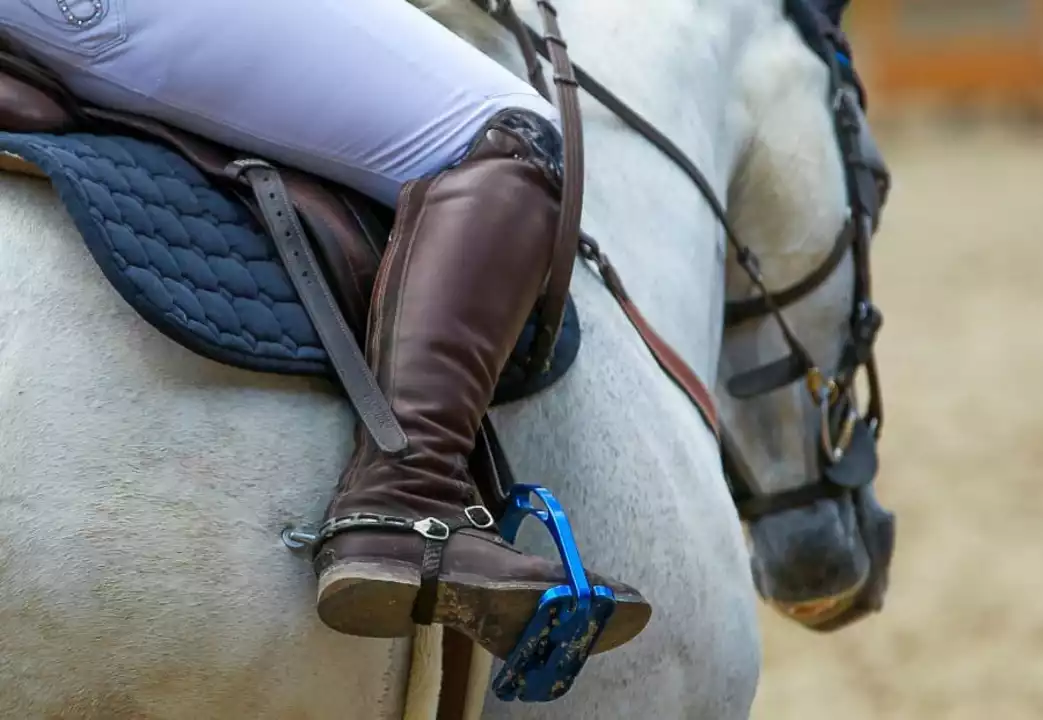Spur Types Explained – How to Choose the Right Spur for You
Ever wondered why some riders swear by one spur while others prefer a completely different style? It all comes down to the kind of spur you use and how it fits your riding goals. Below we break down the main spur types, what they’re best for, and simple tips to keep you and your horse comfortable.
Common Spur Designs
Rowel spurs are the classic look most people picture – a small wheel that spins when you press the heel. They’re great for light cues and work well in English disciplines like dressage or show jumping. If you’re just starting out, a smaller rowel (½‑inch) gives gentle signals without startling the horse.
Rolling spurs feature a smooth, non‑spinning metal band. Riders who need a softer touch often choose these for trail riding or beginners. Because there’s no spinning wheel, the pressure is steadier and less likely to cause irritation.
Dual‑rowel spurs have two wheels set close together. They deliver a sharper cue and are popular in western riding, especially for cutting or reining where precise leg signals matter. Make sure your horse is accustomed to the extra edge before you go full‑tilt.
How to Pick the Right Spur
First, think about the discipline you ride. English riders usually stick with small rowels or rolling spurs, while western riders gravitate toward larger rowels or dual‑rowels. Second, consider your experience level. New riders benefit from milder spurs that won’t over‑communicate; seasoned riders can handle more assertive designs.
Fit matters too. The strap should sit snugly on your boot without sliding. Too loose and you’ll lose control; too tight and you’ll feel cramped. Most spurs come with adjustable buckles – take a few minutes to fine‑tune them before each ride.Finally, think about the material. Stainless steel is durable and resists rust, but brass adds a classic look and a bit more weight, which some riders prefer for a stronger feel.
When you first try a new spur, practice in a safe area without a horse. Move your foot, feel the pressure, and make sure the rowel spins (if it’s a rowel spur). This simple step helps you avoid surprises when you finally cue your horse.
Remember, spurs are tools, not toys. They should enhance communication, not dominate it. If your horse flinches or shows signs of discomfort, back off and reassess the type or fit. A quick adjustment can make a world of difference.
Ready to shop? Look for reputable equestrian brands that list spur specifications clearly – rowel size, strap length, and material. Reading a few customer reviews can also point out any hidden issues, like strap wear or sharp edges.
Bottom line: pick a spur that matches your riding style, fits your boot comfortably, and feels gentle enough for your horse to accept. With the right spur, those subtle leg cues become second nature, and you’ll both enjoy a smoother ride.
What type of Spur should I use when Horseback Riding?
As a horseback rider, choosing the right type of spur is crucial for effective communication with your horse. There are various types of spurs, such as the English spur, Western spur, and the Rowel spur, each designed for specific riding disciplines and horse's sensitivity. The key is to find the right balance between providing clear signals and not causing discomfort to the horse. If you're a beginner, it's best to consult with a knowledgeable trainer or riding instructor to help you make the right choice. Remember, it's essential to use spurs responsibly and always prioritize the well-being of your horse.
READ MORE